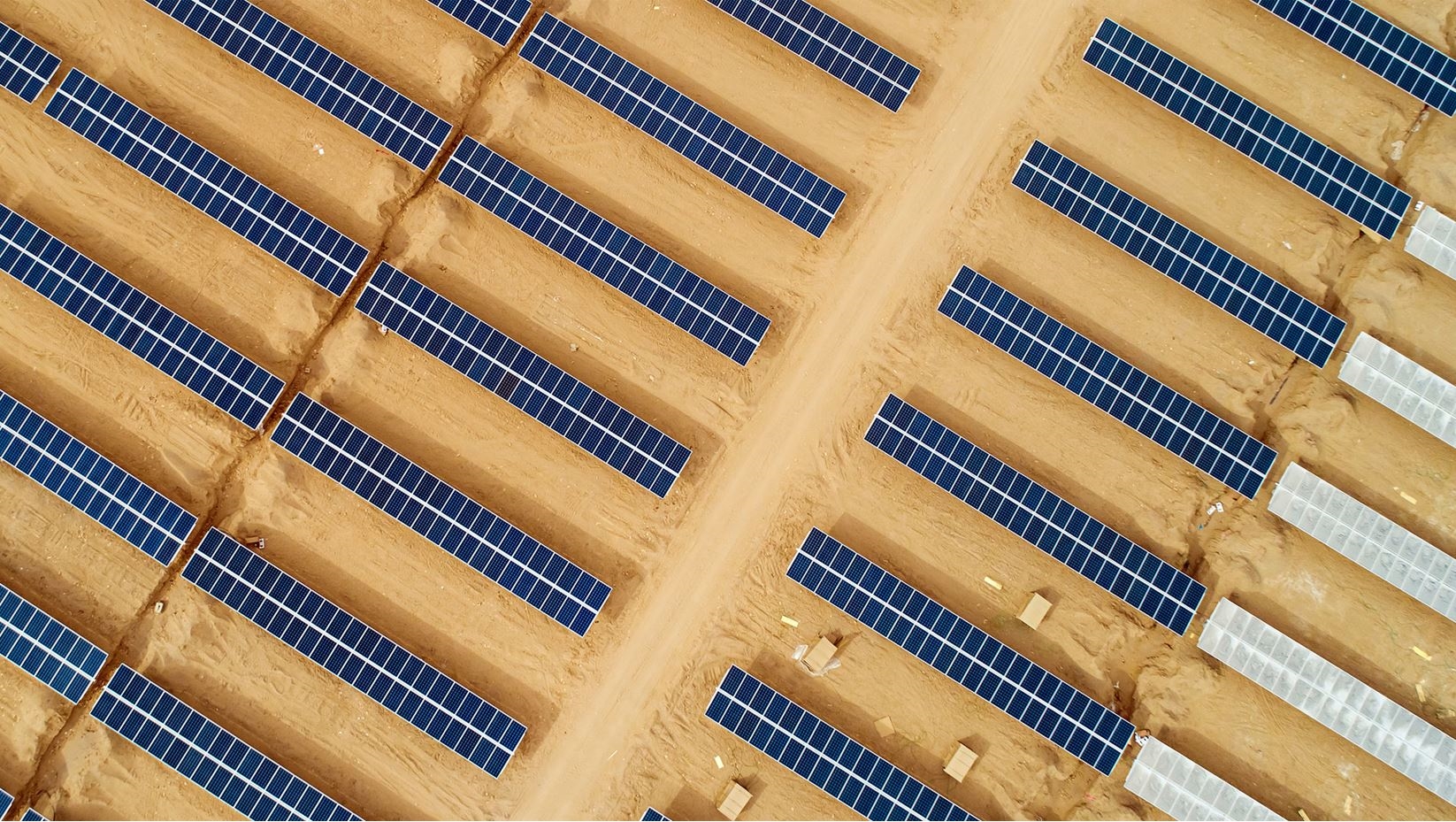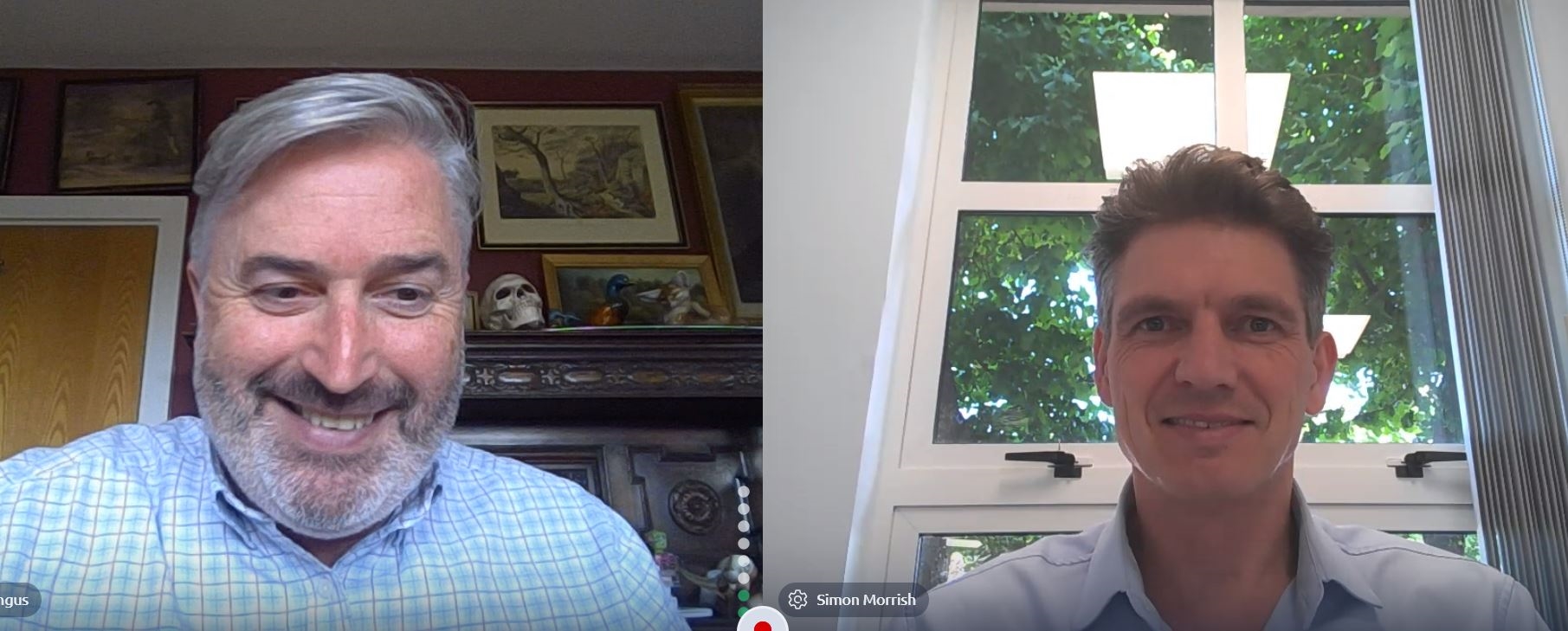Infra Dig – Simon Morrish on Xlinks
The IJGlobal Infra Dig podcast this week turns its focus on one of the most exciting projects on the planet – Xlinks – a landmark renewable energy development in Morocco with a 3,800km HVDC sub-sea cable to the UK.
IJGlobal editorial director Angus Leslie Melville speaks to Simon Morrish, founder and chief executive of Xlinks, about the £18 billion ($22.6bn) project that is gathering pace and aims to help the UK achieve greater energy security.
The Xlinks Morocco-UK Power Project will be a new electricity generation facility entirely powered by solar and wind combined with a battery storage. It will be located in Morocco’s Guelmim Oued Noun region, covering around 1,500km2 and will be connected exclusively to UK.
Xlinks will generate 10.5GW to deliver 3.6GW of energy by 2030 for an average of 20+ hours per day, enough to power more than 7 million British homes. Once complete, it will be capable of supplying 8% of Great Britain’s electricity needs.
This is a project with distinct overtones of Desertec – a project that was to carpet the northern Sahara Desert with solar panels and pipe electricity to Europe that was pulled in the autumn of 2014 – but it has benefited from continuously evolving technology.
Simon puts the failure of Desertec – and hence the greater chance of success for Xlinks – down to the cost of generation which (back then) was more than £150 per MW hour.
“At our site now, with advances in technology, our cost of generation is around about £10 per MW hour,” says Simon. “One of the biggest differences here is timing."
Simon adds: “One of the other key differences is how much of an impetus there is around renewables and sustainable power. However, this is actually much cheaper than fossil fuels as well. This stands up on its own 2 feet rather than previously when it was required to have enormous subsidies to make it work.”
Xlinks has secured a large tract of land in southern Morocco for solar and wind farms as well as an associated battery energy storage system (BESS) with the transmission cable skirting the territorial waters of Spain, Portugal and France before making landfall in the UK where there are 2 grid connections at 1.8GW each.
“We will be providing – on average – over 20 hours of power at 3.6GW at a CfD price of £48 per MW hour… that is just over half the cost of the latest CfD for nuclear, which was Hinkley at £92, and demonstrates just how compelling this is for the UK and Morocco in terms of a solution,” says Simon.
The cable
In the early days of investigating Xlinks, the team identified the supply risk for sub-sea cabling and took the early decision to hedge this by creating XLCC – a company to make its own cable and become the sole supplier.
“They (cable manufacturers) have a capacity of about 1,000km a year, growing in the next year or so to about 2,000km a year,” says Simon. “We need 15,200km. That is 3,800km times by 4 cables… you can just do the maths on that.

XLCC has been in existence for around 18 months now and this month (June 2022) is hoping to receive planning permission for the first cable factory in Hunterston (Scotland).
“In order to generate 4,000km a year of cable, we are going to need a second factory and we are currently looking at sites in Port Talbot (Wales) and Teesside (north east England),” says Simon.
“We started this purely to make cable for ourselves... and this would be 4 years of supply. Very quickly, a number of people – both offshore wind developers who want to move from AC to DC, and people looking to do interconnectors – are looking to get cable from us as well.
“Not only will we be supplying to ourselves over that period, we are also potentially looking to supply other people.”
Xlinks is also commissioning a cable-laying vessel that – once in service – will be the largest in operation on the water, capable of laying 160km lengths, keeping it deployed as long as possible and reducing requirements to return to port. In the spirit of a green project, the ship will be entirely fuelled by ammonia.
“Our cable-laying vessel can carry twice the capacity of the next largest cable-laying vessel… effectively this will be a state-of-the-art cable-laying vessel to be able to supply Xlinks with the cable produced by XLCC,” says Simon.
The all-important financing
The Xlinks project is being financed in one batch – the solar and wind farms, battery storage, cables, vessel.
While the cable factories have been equity financed to date with further funding being raised later this year when they break ground.
The XLCC factories will be reverse engineered into the project finance structure.
Xlinks has already had some discussions with the lending community and on the equity side as well with a number of large, institutional investors that are understood to be expressing interest.
“The risk, at the moment, is obviously the whole development phase,” says Simon. “But at financial close, the risk is much lower and what you get – in return – are 40 years’ worth of cash flows that are very dependable and very predictable.”
Xlinks is targeting a 75% gearing on the £18 billion (all-in) project value.
Request a Demo
Interested in IJGlobal? Request a demo to discuss a trial with a member of our team. Talk to the team to explore the value of our asset and transaction databases, our market-leading news, league tables and much more.

